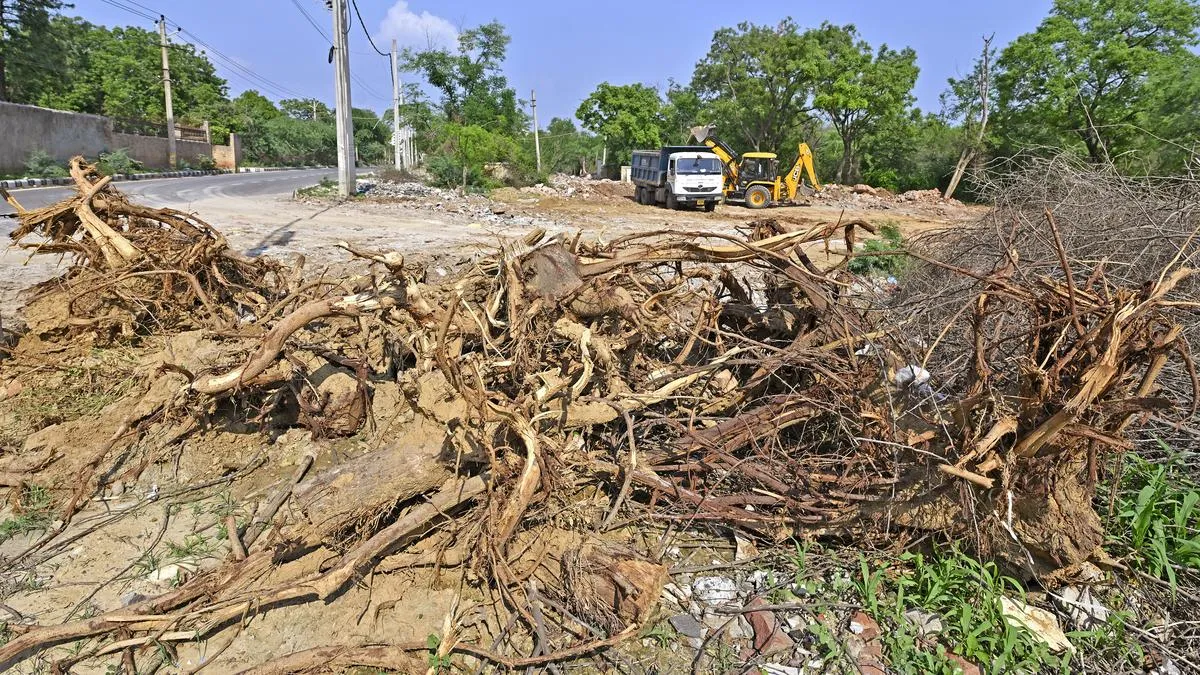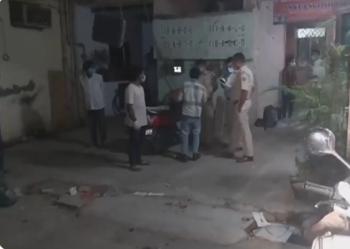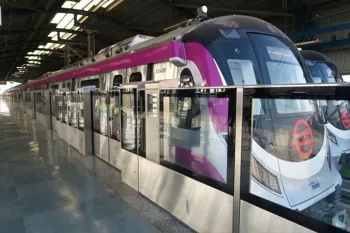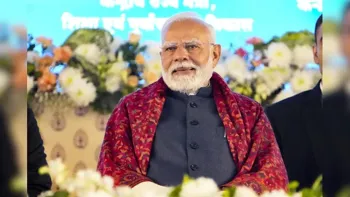VK Saxena Addresses Responsibility for Illegal Tree Felling in Delhi Ridge
In a recent submission to the Supreme Court, Delhi’s Lieutenant Governor, VK Saxena, addressed the controversial felling of over 600 trees in the capital's Ridge area—an environmentally sensitive extension of the Aravalli range. The court had previously asked Mr. Saxena to explain what steps were being taken to address the unauthorized tree cutting, and to clarify who would be held accountable.
Mr. Saxena, in his personal affidavit, stated that he was unaware of the requirement for the court’s permission before the trees were felled. This affidavit comes ahead of an important hearing in the Supreme Court, where the issue of environmental protection in urban development has taken center stage.
The Lieutenant Governor, who also serves as the chairperson of the Delhi Development Authority (DDA), visited the Ridge area on February 3, 2024. The visit was part of an inspection of a site where a medical facility for the Central Armed Police Forces (CAPF) is being developed. During this visit, Saxena acknowledged both the necessity of the project and the substantial resources already invested. However, when passing a road-widening project site, no one on-site informed him that the court’s permission was required to remove trees, as per his affidavit.
It wasn’t until March 21, 2024, that Mr. Saxena was made aware of the legal requirement after the DDA filed an application seeking the necessary permission for the tree removal. By that time, the damage had already been done. According to the affidavit, the actual tree felling began on February 16, 2024, but it wasn’t brought to Mr. Saxena’s attention until June 10, 2024, through a letter from the DDA's Vice Chairman.
The court had sought answers from Mr. Saxena about what steps were being taken to fix responsibility for this environmental oversight. The affidavit directly identifies several officials within the DDA who were involved in the illegal tree felling. Manoj Kumar Yadav, an executive engineer, gave the instructions to the contractor to cut the trees, while two other engineers, Pawan Kumar and Ayush Saraswat, were responsible for permitting the act. Additionally, Pankaj Verma, Superintending Engineer, and Mr. Yadav were singled out for suppressing critical information from the court, which further complicated the situation.
As the Supreme Court continues to hear the case, it has raised the possibility of criminal action against the officials responsible for this violation. The court had previously indicated that if the chairperson of the DDA agrees, those responsible could face serious legal consequences.
This case highlights a critical issue—balancing urban development and environmental protection. While infrastructure projects like the CAPF medical facility are vital for the city's growth and public service, it is equally important to adhere to environmental laws and ensure that natural resources like trees are not sacrificed unnecessarily. The Ridge area, being a part of the Aravalli ecosystem, is crucial for the environmental health of Delhi, and illegal activities such as tree felling pose long-term risks to biodiversity and air quality.
The outcome of this case will set an important precedent for future urban development projects in ecologically sensitive areas. It serves as a reminder that no matter the urgency or importance of a project, legal and environmental safeguards must be respected. For now, the spotlight remains on how accountability is assigned, and whether criminal charges will be pursued against those found responsible for this ecological damage.
The Lieutenant Governor's admission of being unaware of the court's mandate, and the identification of key officials involved, has added a new layer of complexity to the case. As urban development continues to push the boundaries of natural reserves, this case serves as a reminder of the delicate balance required between progress and preservation.









Leave a comment
0 comment